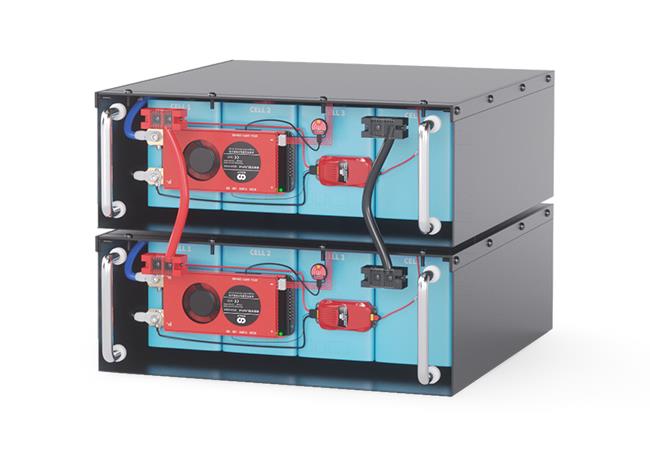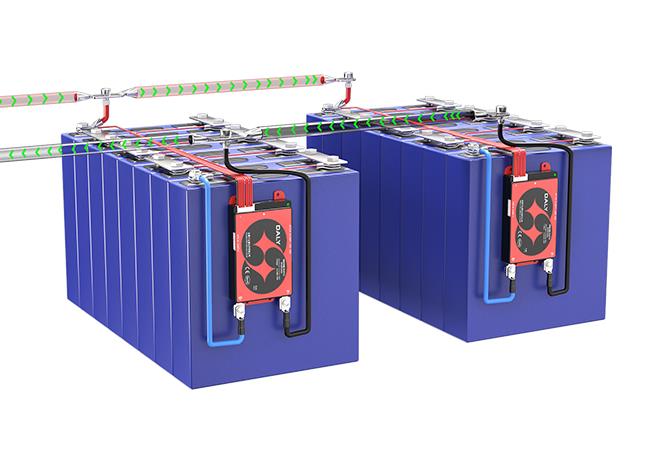
What Really Occurs When Lithium Batteries Are Paralleled? Uncovering Voltage And BMS Dynamics
Scenario 1: Same Water Level (Matched Voltage)
When both "buckets" (batteries) have identical water levels:
-
Charging (adding water):Current splits evenly between batteries
Discharging (pouring out):Both batteries contribute power equallyThis is the ideal and safest setup!
Scenario 2: Uneven Water Levels (Voltage Mismatch)
When one bucket has higher water level:
-
Small difference (<0.5V):Water flows from high to low bucket slowlyA smart faucet (BMS with parallel protection) controls the flowLevels eventually balance
Large difference (>1V):Water rushes violently to the low bucketBasic protection shuts down the connection
Scenario 3: Different Bucket Sizes (Capacity Mismatch)
Example: Small battery (24V/10Ah) + Large battery (24V/100Ah)
-
Same water level (voltage) required!
Discharging at 10A:Small battery supplies ~0.9ALarge battery supplies ~9.1A
Key insight: Both water levels drop at same speed!
NEVER Mix These!
Different pump types (discharge rates):
-
Strong pump (high-rate battery) pushes too hard
Weak pump (low-rate) gets damaged quickly
Can cause overheating or fire!
3 Golden Safety Rules
Match water levels: Check voltage with multimeter (difference ≤0.1V) Use smart faucet: Choose BMS with parallel current control Same bucket type:-
Identical capacity
Same chemistry (e.g., both LiFePO4)
Matching pump power (discharge rate)
Pro tip: Parallel batteries should behave like twins!

Legal Disclaimer:
MENAFN provides the
information “as is” without warranty of any kind. We do not accept
any responsibility or liability for the accuracy, content, images,
videos, licenses, completeness, legality, or reliability of the information
contained in this article. If you have any complaints or copyright
issues related to this article, kindly contact the provider above.


















Comments
No comment